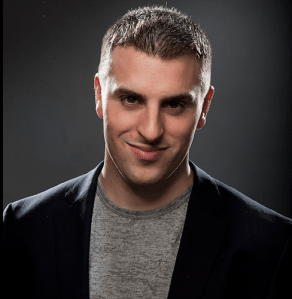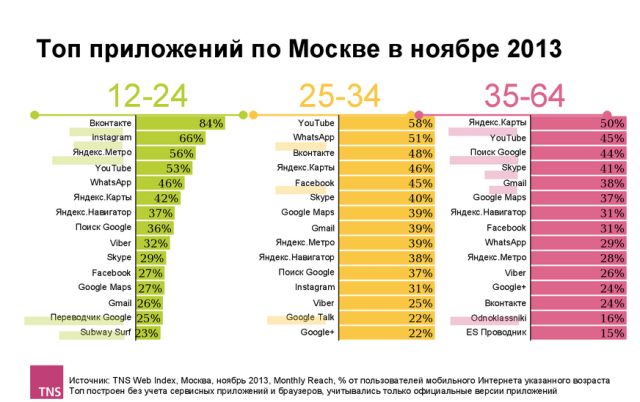
Earlier this month, The News Lens, an independent media startup in Taiwan, announced that it had received angel funding from Marcus Brauchli, whose resume includes top editing positions at the Washington Post and the Wall Street Journal, and Sasa Vucinic, who helped launch the non-profit Media Development Investment Fund (MDIF). In addition to their investment, Brauchli and Vucinic are also working closely with The News Lens as advisors.
The involvement of these two journalism veterans is a sign of how quickly The News Lens, which launched just five months ago, has gained traction as a trusted source for information in Taiwan’s crowded media landscape. The site’s growth strategy, which balances idealism with a solid business plan, offers a look at how independent news organizations can leverage multiple channels and organic marketing to build readership without sacrificing the quality of their content.
Though the amount of funding was undisclosed, Joey Chung, the founder and chief executive of The News Lens, says it will enable the startup to hire more staff, access photo wires and databases to create in-house content and launch video content. The site currently aggregates content from different media outlets in addition to publishing original columns and analysis.
“Sasa and I are hugely impressed with the vision and energy that Joey Chung, [co-founder and editor-in-chief] Mario Yang and their team bring to The News Lens. Both of us have spent time with them in Taipei,” Brauchli told me in an email. “Their use of social media, aggregation and user-centric design, their awareness of the importance of fresh voices in the mix of content, their political and commercial independence, and their commitment to smart, relevant content for a younger audience made the company an especially attractive project for us.”
Balancing idealism and business
Since launching in July, The News Lens has grown to 1.5 million unique visitors a month, a sign that Taiwanese readers are hungry for a politically independent news site. For English-speaking readers, the most obvious site to compare The News Lens to is the Huffington Post (which, like TechCrunch, is owned by AOL).
But Chung says there are several key differences in strategy between the two publications. For example, The News Lens is already aiming for expansion into international Chinese-speaking markets, including Hong Kong, Macau, Singapore and Malaysia. The site is available in both traditional and simplified Chinese characters and has translation widgets for English-speaking readers.
The startup also launched with a multi-platform strategy that includes a mobile-optimized site, a content partnership with HTC and videos with news summaries that will play on TV screens in public places like airport terminals and shopping centers.
The News Lens wants to be a platform where a wide range of readers can engage in informed debates about important social and political issues, but it balances its lofty philosophy with Chung’s business savvy.
Chung wrote six Chinese-language books and was a reporter at the Taipei Times, an English-language daily (disclosure: I also worked there, though not at the same time as Chung) before going to Harvard Business School. After graduating, he oversaw Sanrio’s China operations. At the end of 2012, Chung began discussing the possibility of launching an independent news site with Yang, who was then working for Business Weekly, a Taiwanese magazine.
Taiwan’s media industry has grown rapidly: when martial law was lifted in 1988, there were only 31 newspapers, but within 20 years that number had grown to more than 2,000. But a highly-competitive media industry comes with problems like endless articles about C-list celebrity sex scandals and silly food fads. To be sure, these articles are the kind of mindless fluff that draws readers looking for a quick diversion, but more serious problems identified by non-profit media watchdog Freedom House include defamation laws that have sparked concerns about censorship and highly polarized political coverage.
The United Daily and the Liberty Times are seen by many readers as mouthpieces respectively for the Kuomintang, Taiwan’s currently ruling party, and the opposing Democratic Progressive Party. The Apple Daily has managed to establish a reputation for independence, but that is arguably because the tabloid’s voyeuristic celebrity- and crime-obsessed coverage is equally offensive (and titillating) to readers across the political spectrum.
Chung is careful to point out that The News Lens isn’t out to topple Taiwan’s leading newspapers. In fact, the site often aggregates content from those publications. Instead, he says The News Lens’ role is to identify important stories and then offer readers analysis to put it into a wider context.
“For my generation, people don’t read newspapers because they don’t want to be affected by bias, or they read three newspapers, the Liberty Times, United Daily and Apple,” says Chung.
“We want to be the one-stop shop so we can give you that service already. We screen out the junk. We tell you this is what blue is saying and this is what green is saying, and this is what you should know about the issues behind it,” he adds, referring to the party colors of the KMT and DPP. “We try not to judge and we try not to lean toward any perspective.”
Recent headline topics on the site have ranged from gay rights in Taiwan to U.S. foreign policy. Though The News Lens target audience is between the ages of 25 and 35, the site hopes to reach people across a broad range of demographic niches. Columns penned by The News Lens’ own contributors currently focus on tech, startups and education. The News Lens now has seven full-time employees, most of whom have previous journalism experience, and 11 part-time staffers.
Chung says the site is open to having employees who are “extreme blue or green,” but while they are allowed to express their opinions, they have to keep a “calm, rational and respectful” tone. Another way that The News Lens hopes to build trust is by being honest and pragmatic about its coverage.
“I would say we are independent and we’re fair, but since our inherent ideal is to promote as many viewpoints as possible, it’s easy to imagine that we might be a little bit more liberal-leaning,” says Chung. “As long as an idea is not harmful, we’ll put it up there.”
Growing readership and monetizing
The News Lens has focused on word-of-mouth marketing since its launch instead of paying for ad campaigns, partly to prevent overexposure and partly to establish credibility as readers share links with friends on their social media accounts.
To reach a wide readership, the News Lens cross-platform strategy includes a mobile-responsive main site, a Flipboard account and a partnership with a digital marketing group that will place videos produced by The News Lens onto public screens. It also landed a deal with HTC which means that The News Lens is one of the sources Taiwanese smartphone users can select for push notifications about breaking news.
“From early on, we didn’t want to be another Web site with an afterthought app. We wanted to be on social media, on TV screens in public places, on Flipboard, as fast as possible,” says Chung.
This strategy has worked well for The News Lens. Chung says that startup originally hoped to reach a target of one million unique visitors around Q2 2014. Instead, The News Lens hit 1.5 million visitors last month. Within five months of its launch, it had already racked up 50,000 Facebook followers. To put those numbers into context, Taiwan’s population is 23.3 million.
Before venturing into other markets, Chung says the startup wants to be profitable in Taiwan. Ideally, that means the site will be considered “one of the top sources of where you get your news,” he says. “We’ll be happy and comfortable once we’ve spent six months as one of the top Web sites that our generation goes to for news, columns and perspectives in different industries.”
The News Lens currently earns money with banner and video ads and direct sponsorships. It also hopes to start organizing events and perhaps sign licensing partnerships.
Chung says Brauchli and Vucinic have worked closely with The News Lens’ team, providing guidance in weekly Skype chats. For the two news veterans, The News Lens is the first of several investments they hope to make in independent media organizations around the world.
“We’re building out a portfolio of investments in journalism-related media and technology companies in Asia and other key emerging markets in the world,” Brauchli tells me. “We’ll bring our experience running or building successful media companies to bear and draw on the expertise of other people we know who are leaders in their areas to bolster our partners.”
“We believe fundamentally that good content and a good user experience are pathways to success,” he adds. “This is an exciting time to be involved in media. In many markets, there is an extraordinary opportunity to re-imagine and reshape media, and we want to be part of that.”
Chung says that the company’s future projects, including its marketing campaigns, will add value for busy people while getting The News Lens’ brand in front of more eyeballs. He is especially excited about short video summaries of each day’s top news that will play on advertising screens in shopping centers and other high-traffic venues.
“It goes back to the idea of why we have media and why we have news, the idea of being better informed. You don’t have to agree with the opinions you see, but it’s our job to put different perspectives out there,” says Chung. “The better informed you will be, the more curious, open-minded you will be, the more tolerant, the more curious about the outside world.”
Photo by Luke Ma on Flickr



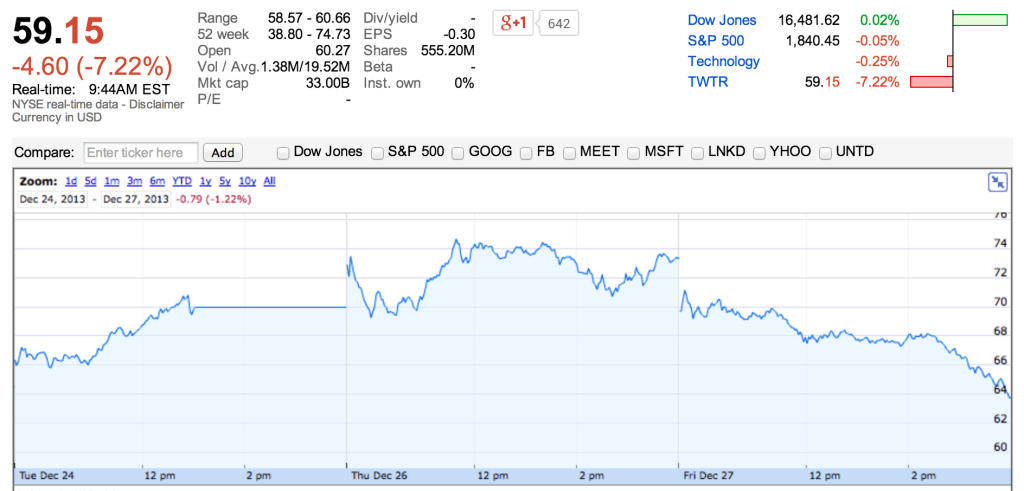
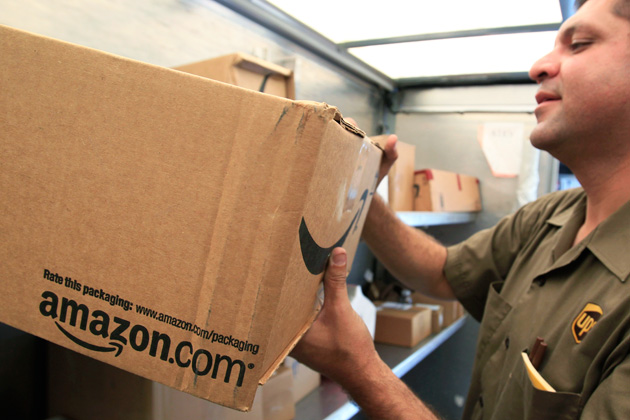



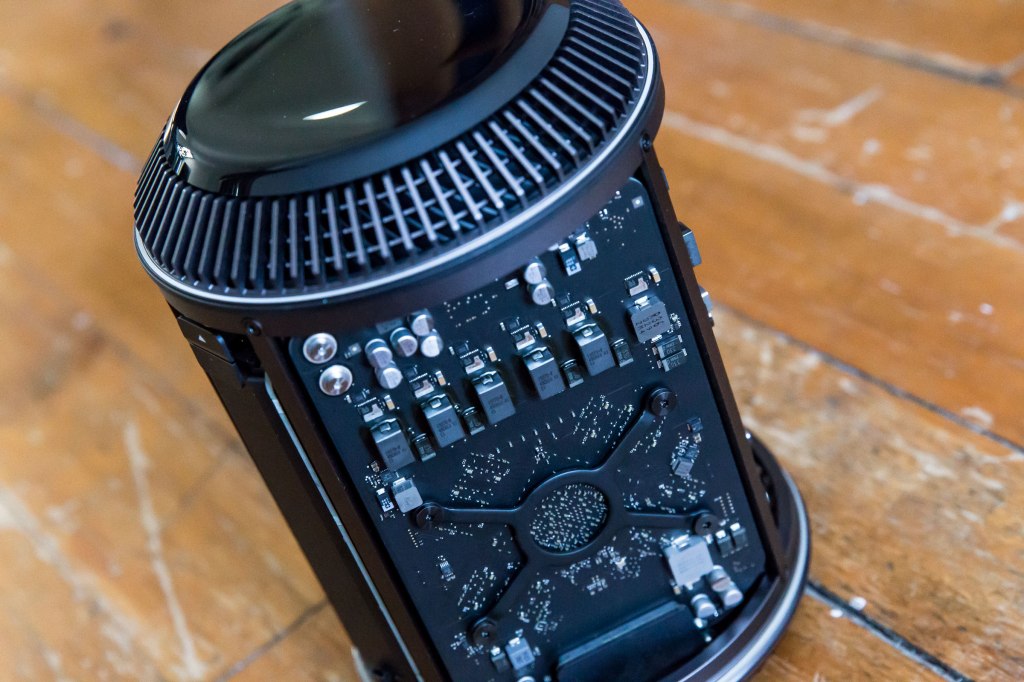
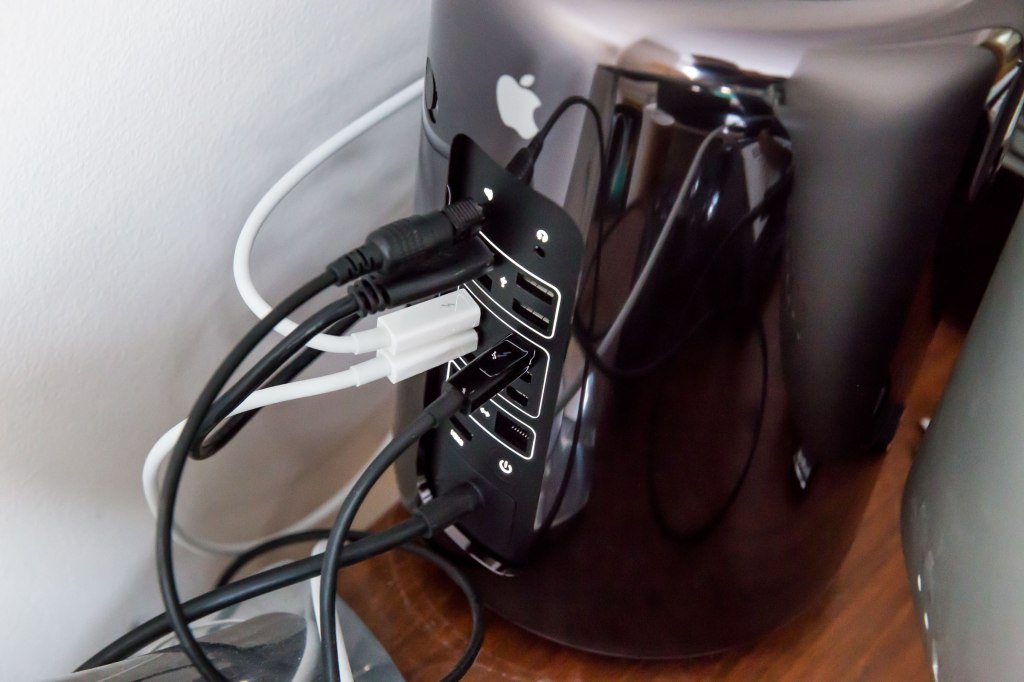 One final subtle but very nice feature is the auto-illumination of the ports that happens when you move the Mac tower itself. It’s extremely useful for helping you plug the right device into the right port when you’re looking to add new devices, and likewise when you’re looking to unplug something. This kind of attention to detail only reinforces that if you have $3K to spend on a Mac, your money’s in good hands with Apple.
One final subtle but very nice feature is the auto-illumination of the ports that happens when you move the Mac tower itself. It’s extremely useful for helping you plug the right device into the right port when you’re looking to add new devices, and likewise when you’re looking to unplug something. This kind of attention to detail only reinforces that if you have $3K to spend on a Mac, your money’s in good hands with Apple.
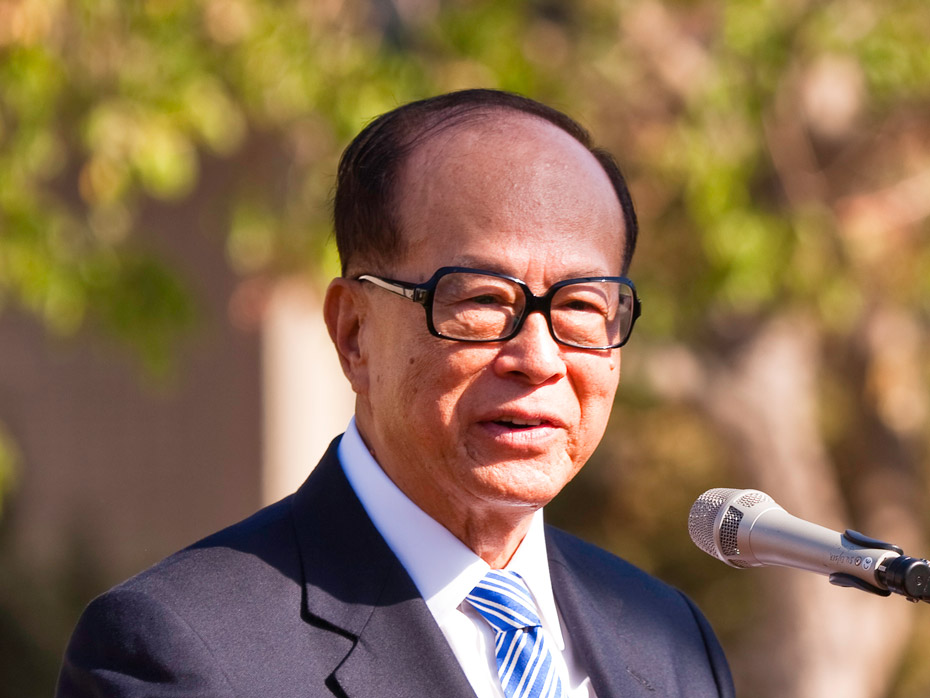
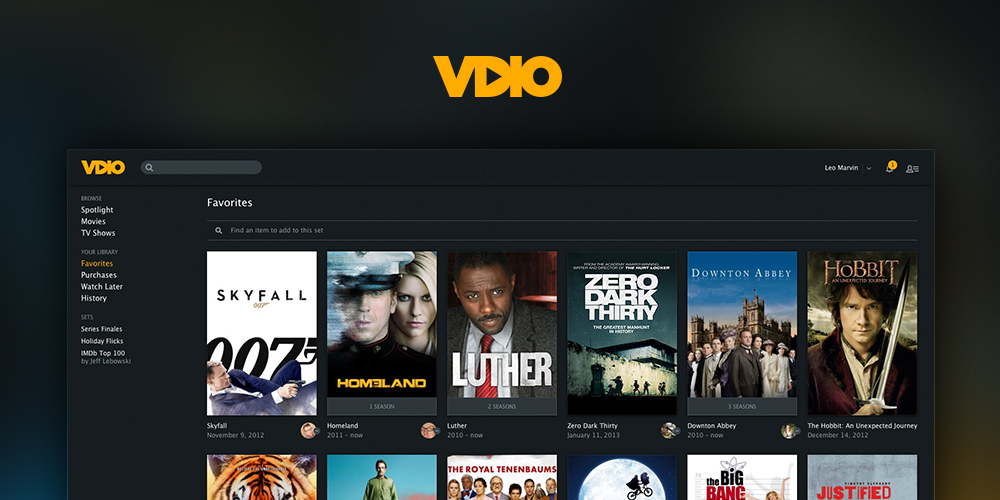
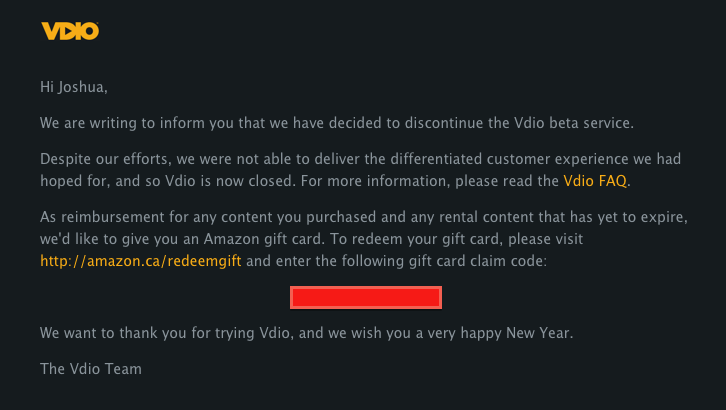

 As part of its new
As part of its new 
